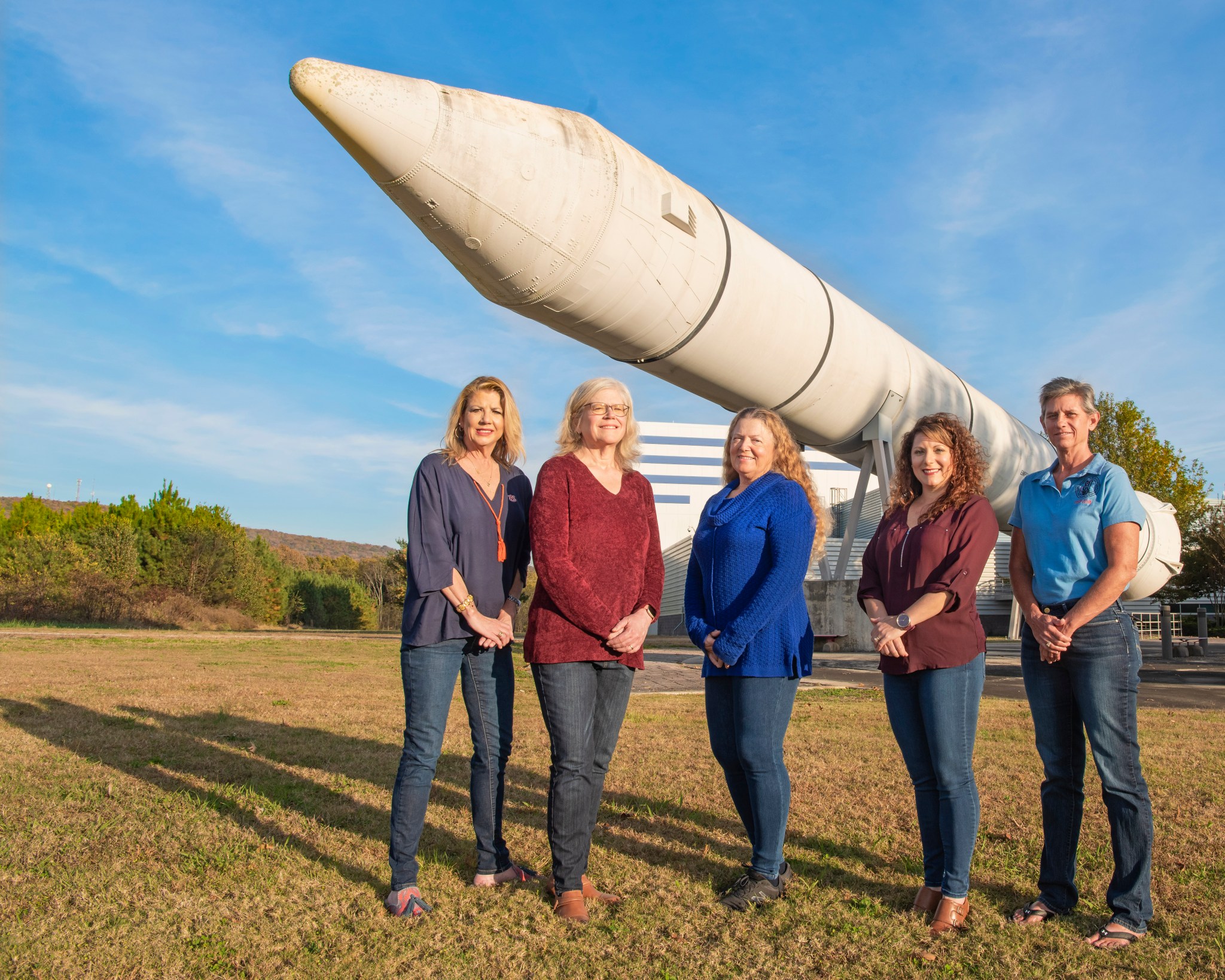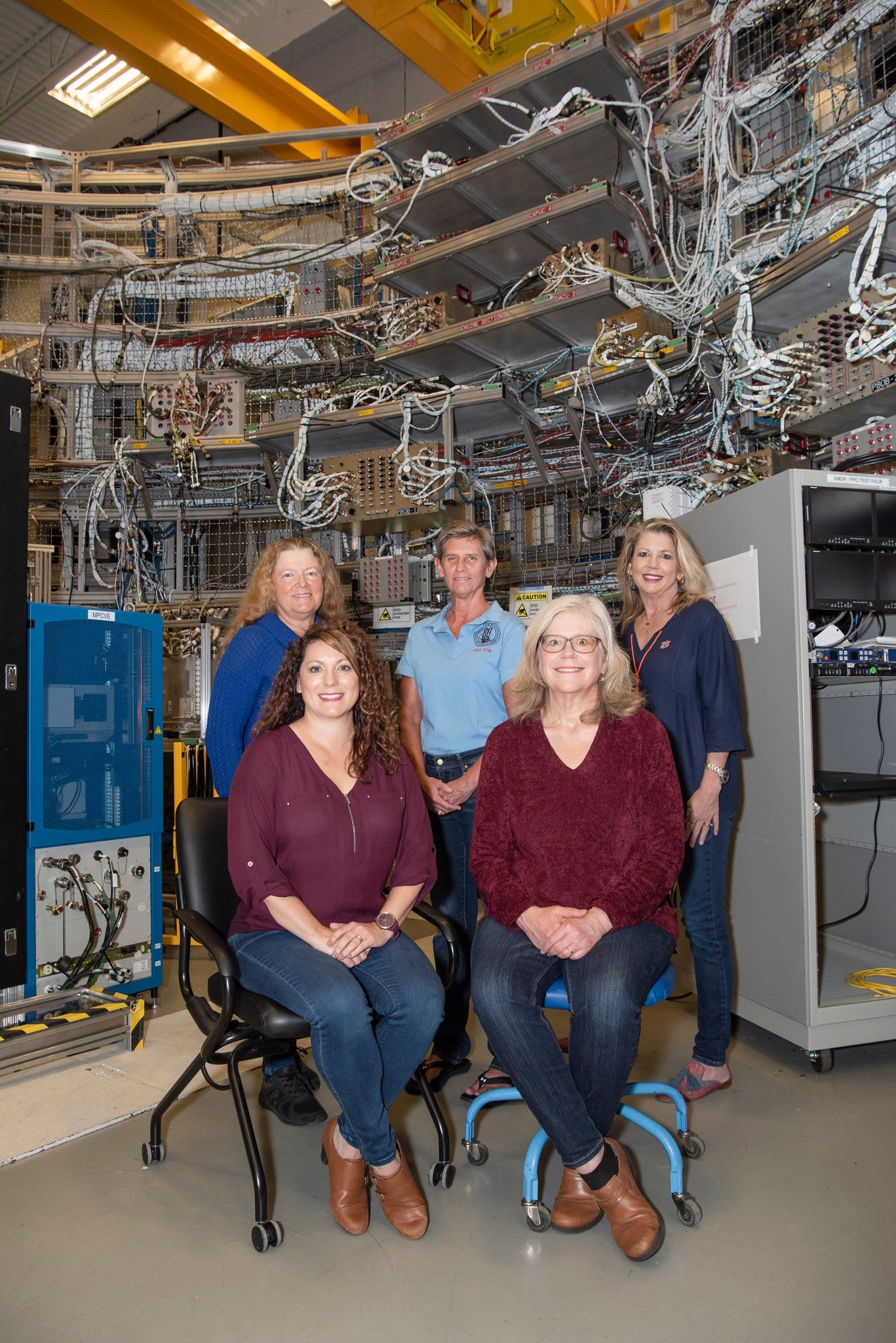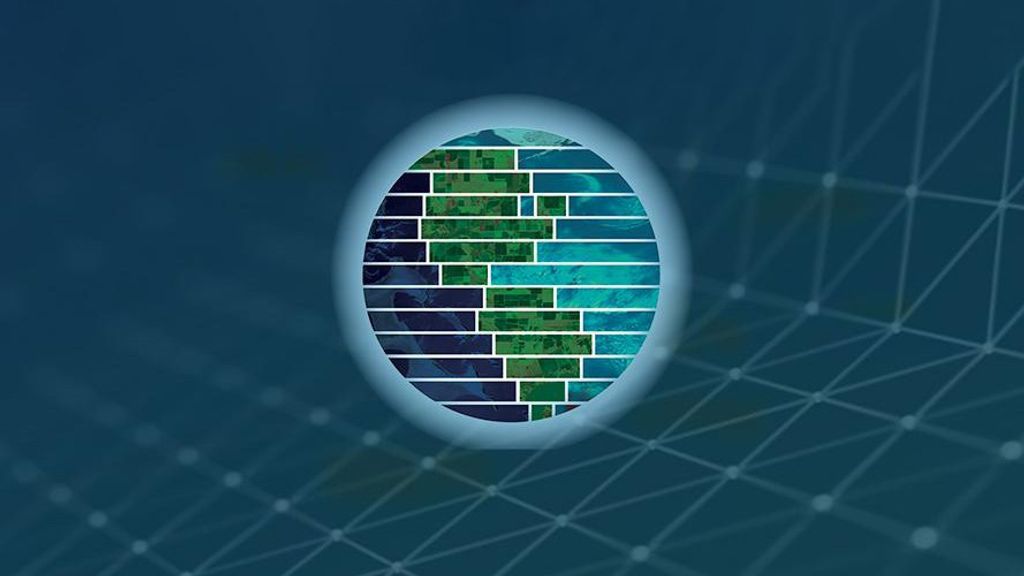By Wayne Smith
In honor of Women’s History Month, NASA celebrates the many contributions women have made to the nation, world, and beyond, including five women at Marshall Space Flight Center in Huntsville, Alabama, who developed flight software that will control the rocket for Artemis missions to the Moon.

These engineers developed and tested Space Launch System software that will tell the rocket how to operate for the first 8 minutes of the Artemis I mission during its launch and ascent to orbit. Their work continues Marshall’s legacy of propelling NASA exploration through engineering.
The engineers include Linda Brewster, Avionics and Software Test Facility branch chief; Shawna Broussard, an engineer who also works in the avionics test facility; Shaun Phillips, SLS flight software project lead; Marlyn Terek, Software Development branch chief and former flight software design team leader; and Deanna Whitehead, Flight and Ground Software and Simulation Division chief.
Under Artemis, NASA will land the first woman and first person of color on the Moon, establishing a long-term human presence. The agency will also use innovative technologies to explore more of the lunar surface than ever before and prepare to send astronauts to Mars.
Brewster manages the Integrated Avionics Test Facility where thousands of simulated SLS flights have been flown to test the flight software along with the avionics and flight computers that are critical to launch success. She remembers watching Apollo flights as a child and NASA landing men on the Moon and welcomes the opportunity to work on a mission that will return NASA to the Moon, laying the foundation for future missions to Mars.

“Being a part of the SLS mission and landing the first woman on the Moon is a childhood dream come true,” Brewster said.
The team implemented and tested required capabilities for the software. The software’s development and testing included the successful Green Run test of SLS in March 2021. Each test enables the engineers to learn more about the system and what modifications are needed. Testing has verified more than 1,000 requirements for the system.
Once testing and any needed modifications are completed, the software is loaded on the rocket’s computers, with the flight software team actively supporting integration and testing. Three flight computers will control the rocket from before launch through core stage disposal.
Getting the SLS off the ground involves many steps. Marshall’s integrated avionics test facility has enabled early integration not only across the avionics hardware and the flight software, but also with other the systems crucial to a successful launch, such as the Exploration Ground Systems needed for ground processing and launch, the Orion spacecraft, and several others.
“By designing, developing, verifying, and validating the flight software, our team is ensuring the crew including the first woman is taken to the Moon safely and reliably,” Whitehead said. “When Artemis I launches successfully, I’ll be overjoyed for having been among the women who contributed to the mission and optimistic about the potential to influence our future female leaders.”
The SLS will first fly on Artemis I, an uncrewed, multi-week mission around the Moon and back.
For more on Marshall Space Flight Center, visit




























